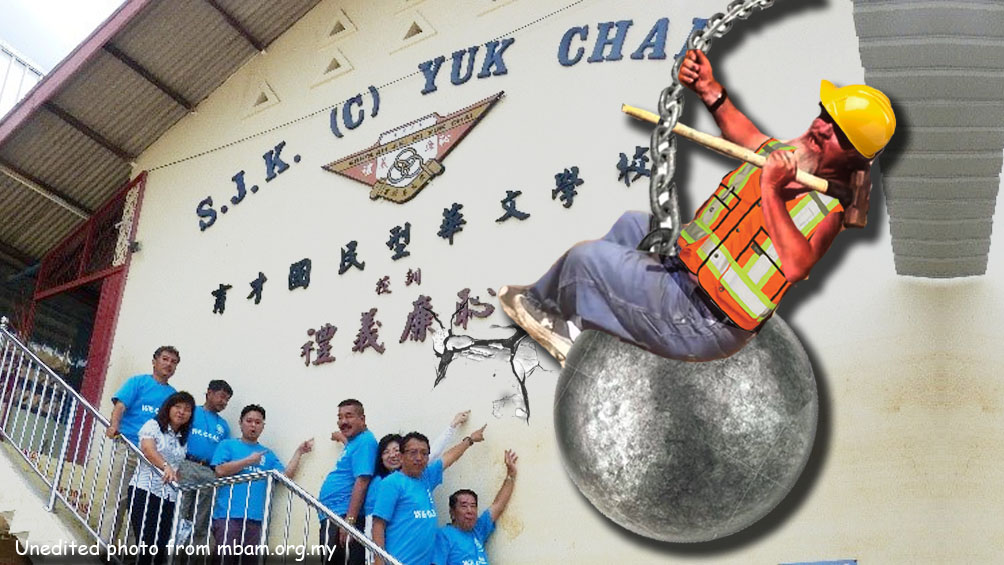Darkie: The History Behind Darlie’s Old Racist Name & Logo
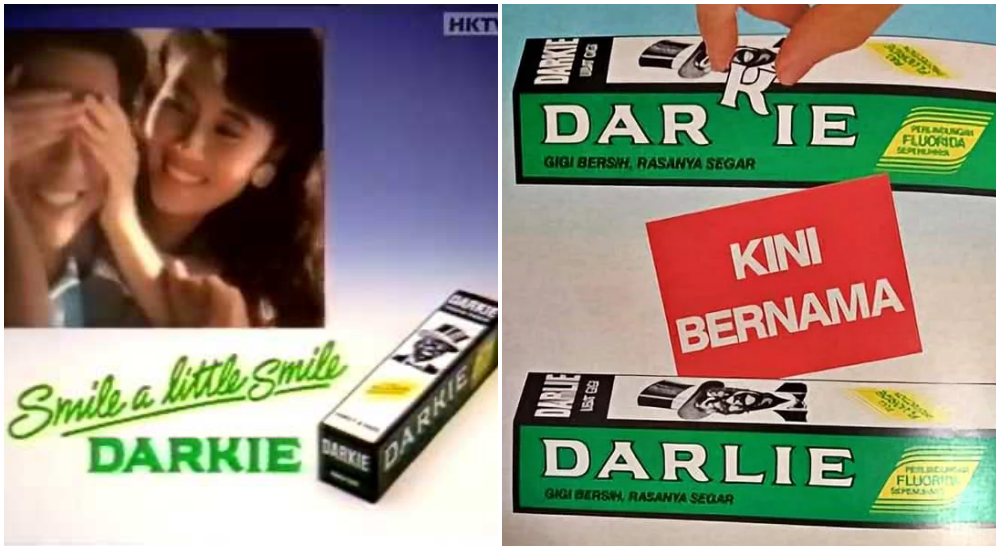
- 139Shares
- Facebook96
- Twitter6
- LinkedIn9
- Email13
- WhatsApp15
Unless you grew up in a super rich family, you’d probably be using one of two popular toothpaste brands: Colgate or Darlie. While Colgate’s packaging was pretty boring, Darlie’s had a man in a top hat. And since most of us are too sleepy in the morning while brushing our teeth, we probably never thought much of it. But what if I told you that Darlie used to be called Darkie and was actually rooted in racism?
In case you didn’t know, darkie is an offensive term that refers to black people. It was considered a racial slur against the African-Americans during the Jim Crow era, when large parts of America were racially segregated. With that said, you might be thinking that Darkie was initially a product to propagate racism in the States, and while that’s a good guess, it’s actually incorrect.
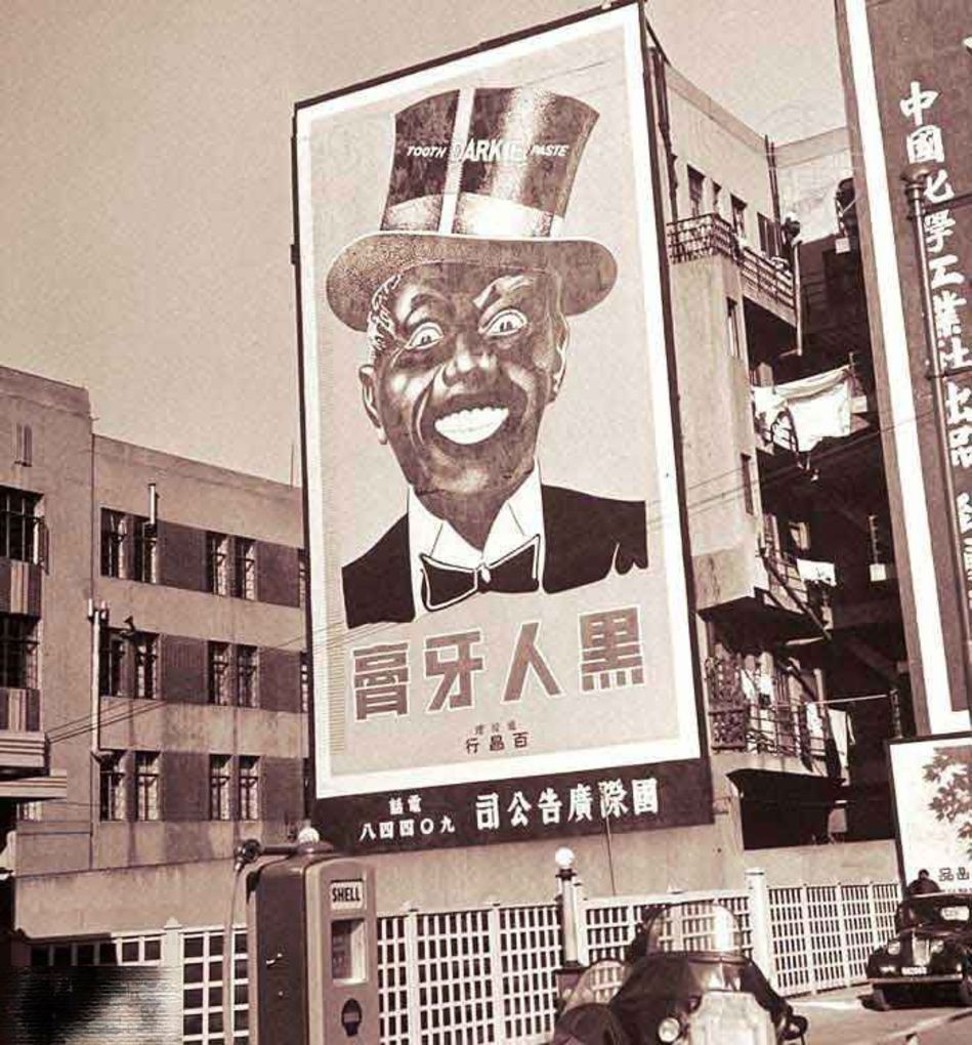
The racist name and even more racist mascot was thought up by Chinese manufacturer, Hawley & Hazel. And no, despite the name, they’re not owned by ang mohs. If you’re confused, let us explain the history behind the problematic Darkie and how it became the politically-correct Darlie we know today.
Darkie was called “Black Man Toothpaste” in China
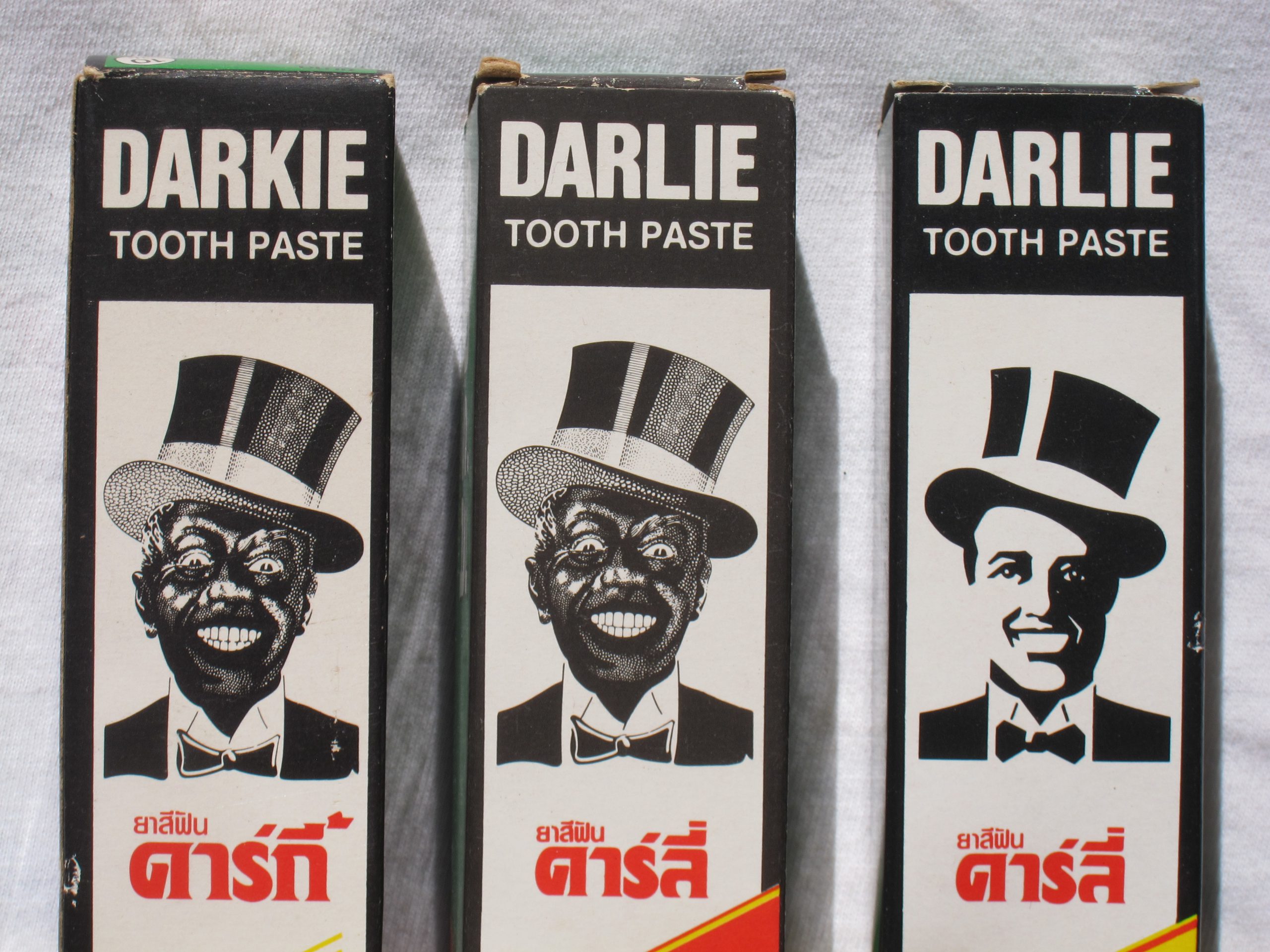
The first thing that comes to mind upon seeing the packaging today would probably be “WTF?!” followed by, “Who’s responsible for this?” Well, in the 1930s, Shanghai-based manufacturer, Hawley & Hazel launched Darkie, a minty toothpaste that would soon be sold in many countries across Asia. Now, if you think the name sounds bad already, the brand is actually 黑人牙膏 (Hei Ren Ya Gao) in China, which basically translates to “black man toothpaste.”
Hawley & Hazel’s origins are shrouded in mystery since the only product they’re known for happens to be Darkie. After numerous Google searches, one website stated that Hawley & Hazel also carries perfumes and cosmetics, but no product names or images could be found. It seems that Darkie is their flagship product, and the fact that their slogan was “Smile a Darkie smile for me,” makes it seem even more unbelievable.
But actually, they sengaja chose that name. Michele Fan, a Hong Kong-born marketing strategist currently based in the States, explained the reason behind the name and mascot. She said when referring to black people,
“Because their skin was so dark, their teeth looked really white. So, people associated them with white teeth.”
Before you roll your eyes, it’s important to note that this happened in China during the 1930s, where their only exposure to black people was through the media. To make things worse, the black people they saw on screen were not actually African-Americans, but white people in blackface.
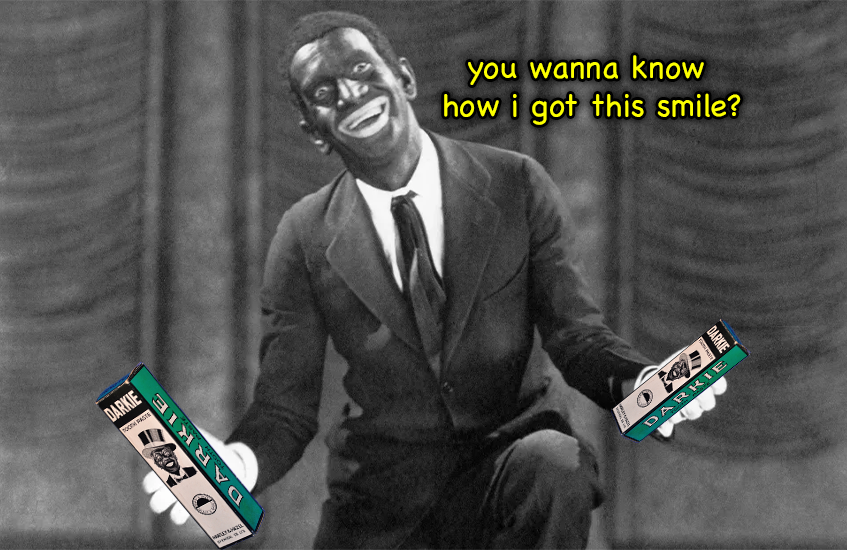
With that said, the mascot was actually inspired by Al Jolson, a white American minstrel performer famous for his role in the 1927 movie, The Jazz Singer. Minstrel performers are white American entertainers who paint their faces black when they perform. They were popular back in the 19th and 20th centuries and they typically perform songs, dances and comic routines that include African-American stereotypes.
But how the hawl did Hawley & Hazel even find out about Al Jolson? Well, it might be because Shanghai started playing American films in theatres during the 1920s and considering The Jazz Singer came out in 1927 and Darkie was launched in the 1930s, the timeline seems to add up.
So now that we’ve explained how Darkie came to be and how China had no perception of racism towards black people back in the day (and even today), their switch to a more politically-correct name and mascot might seem odd. That’s because they only changed it because they were forced to!
It actually happened when Hawley & Hazel was acquired by a much bigger brand that you’ve probably heard of…
Colgate tak puas hati
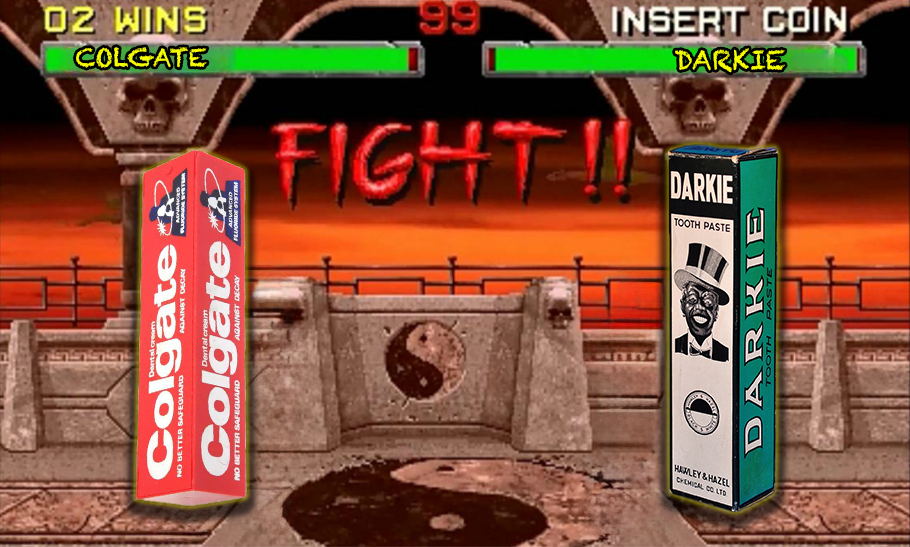
One of the largest manufacturers of oral care and Darkie’s biggest competition, Colgate-Palmolive, started paying attention to Darkie’s popularity in the market. Since they wanna keep their enemies close, the manufacturing giant acquired 50% of Hawley & Hazel in 1985. But obviously they came across a huge problem.
You see, Colgate-Palmolive is an American brand and since the Jim Crow laws came to an end in 1965, it didn’t make sense for them to keep the name and mascot of Darkie. So they changed it in 1989… kinda.
The CEO of Colgate-Palmolive at the time changed the name from Darkie to Darlie and trashed the blackface mascot, replacing it with a racially-ambiguous man in a top hat. But the thing is, that change happened everywhere else in the world, except Darlie’s country of origin, which was China. Actually, China kept the name for manyyy years and they only changed it in 2020!
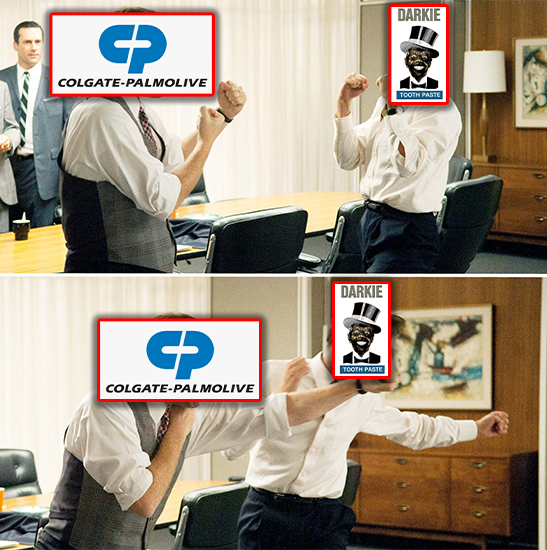
Yeah, the name and mascot were clearly racist, but the implications were arguably not that bad until 2020, when the Black Lives Matter movement took off. After the murder of African-American man, George Floyd, which sparked a worldwide protest against racism towards black people, Colgate-Palmolive forced China to keep up with the program.
Alas, Darkie eventually changed to 好來 (Haolai), which just sounds like Hawley. You can tell they really couldn’t be bothered at this point. And that becomes even more apparent when you find out that China was actually pissed that they had to change the name at all.

You probably wouldn’t be surprised if we told you that China actually hates the West considering their complicated relationship, but that hate actually became worse during the protests. China saw it as an opportunity to troll the Americans for their “excessive political correctness” and folks on Chinese-owned social media platform, Weibo, showed their anger through their posts.
One user received over 21k likes on their commentary towards Darkie’s name change by saying,
“I got it. Next, even blackboards could not have the character ‘black’, otherwise it would be disrespectful to Black people; neither could white boards have the word ‘white,” otherwise it would be seen as white supremacy.”
After seeing China’s reluctance to change, it kinda makes you think of other Asian countries and how they responded to the rebranding. In Singapore, the brand name was changed to Dakkie in 1987 before they changed it to Darlie in 1989. They even kept the racist mascot during that two-year gap, so we really don’t know what was going on in their heads back then.
But what about Malaysia? Well, to find out, we asked someone who remembered using the Darkie toothpaste.
A Malaysian’s take on Darkie vs Darlie

Since this writer was born in the late 90s when Darkie already changed to its politically-correct name, she decided to ask her father, who probably remembered using the toothpaste in his childhood. During a relatively calm morning, she went up to him with a picture of the old packaging on her phone and asked, “Do you remember this?” and this was his panicked response…
Yeah, we all used it. But I’m not racist okay! It was inspired by minstrel performers and we all watched those shows as a kid. Nobody thought anything of it. It wasn’t a problem in Malaysia.
When asked if the rebranding had any effect on him or other Malaysians at the time, he replied:
No. It was the Americans’ problem. We didn’t have racism like that in Malaysia. When they changed it, nobody cared. Most of us didn’t even know the reason until much later. Only now we know it had something to do with Black Lives Matter.

While this is just one recounting of the past, it seems that many Malaysians echoed the same views. When asked if he had watched The Jazz Singer, my father said yes and that many other variations of minstrel performances were also popular back then. It was just a form of entertainment and most kids had no idea what it meant.
With that said, we hope we shed some light on the toothpaste that accompanies you every morning. And if you like learning about the dark history of random objects, you might want to check out how the founder of the Gardenia bread you have for breakfast was actually murdered in his own home during a robbery.
- 139Shares
- Facebook96
- Twitter6
- LinkedIn9
- Email13
- WhatsApp15

